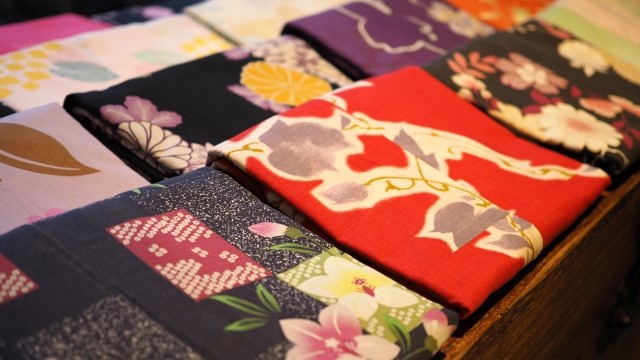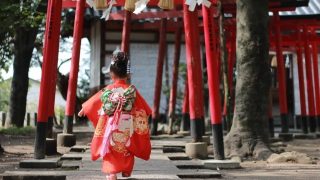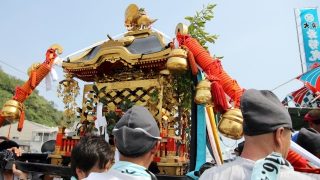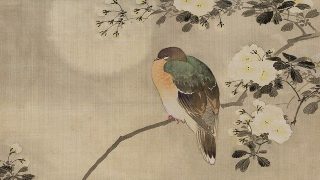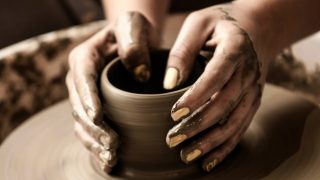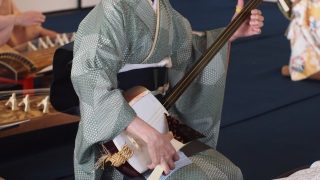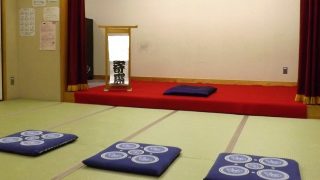About Senshoku, dyeing and weaving (染織)
Senshoku is the Japanese technique and craft of dyeing and weaving cloth and other textile products. By using the Senshoku method, we can make traditional Japanese costumes and beautiful kimonos by dyeing and weaving the clothes that are essential to our lives.
The beginning of Senshoku, dyeing and weaving
Dyeing and weaving cloth to make clothing is thought to have been practiced as early as the end of the Jomon period. Senshoku in Japan was developed based on advanced technology imported from China and the Korean Peninsula. In the Heian period, the Junihitoe, 十二単, was also born, in which people wore several layers of garments to enjoy the combination of colors.
From the Muromachi period to the Azuchi-Momoyama period, silk textiles were introduced to Japan through trade with the Ming dynasty in China, and textiles called Sarasa(#) were introduced to Japan through the Nanban trade, which later led to their production in Japan.
In the Edo period, Yuzen dyeing with gorgeous designs was born. While luxurious silk fabrics were produced in Nishijin, stencil dyeing, such as Komon (小紋) and Chugata (中形) (”Yukata” dyed with indigo), which is a taste of Edo, became popular in Edo.
It was in the Edo period that unique textiles and dyed goods with rich individuality became popular in various areas, such as Oshima Tsumugi (Kagoshima Prefecture, Amami Oshima), which uses mud dyeing and a unique weaving method, and Saga Nishiki (Saga Prefecture), which uses Japanese paper coated with gold and silver leaf and lacquer.
Modern Senshoku crafts are the culmination of an aesthetic sense of tradition and fashion, born out of the aristocratic culture of the Heian period, the Azuchi-Momoyama period’s warrior culture, and the Edo period’s machinist culture.
(#)Sarasa is a cloth on which flowers, birds, or geometric patterns are printed in various colors on cotton cloth or silk cloth.
Somemono, dyeing (染物)
Somemono is a technique of dying patterns on cloth.
Yuzen dyeing, called Yuzen-zome (友禅染)

Yuzen-zome is one of Japan’s leading dyeing techniques, and it is a pictorial pattern dyeing technique that was exceptionally accomplished in the Edo period.
It is characterized by the use of multiple colors to produce gorgeous patterns. Yuzen dyeing, such as Kyoto Yuzen and Kaga Yuzen, has been a famous and representative technique since the Edo period.
In Itome-Yuzen, one of the Yuzen dyeing techniques, the first step is to sketch with a liquid that does not leave any color after washing. The glue is placed over the lines of the sketch to prevent the colors from getting mixed up. Then, paint the colors to match the pattern. Finally, when the glue is washed off, white lines appear, and the pattern comes out clearly.
Edo-komon (江戸小紋)
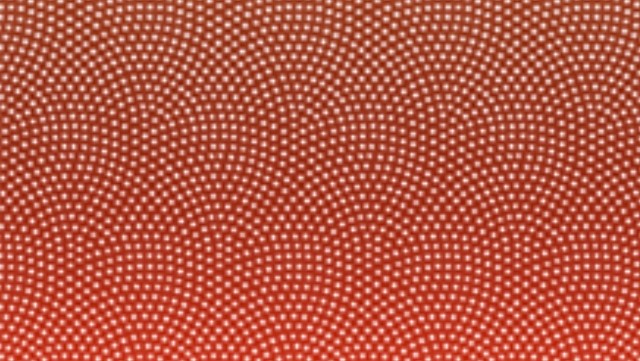
Edo-komon is a cloth with detailed patterns dyed by stencil-dyeing all over the cloth.
It looks like a plain piece from a distance, but if you look at it closely, you will see an excellent and delicate continuous pattern. Komon, dyed in a single color based on a traditional technique from the Edo period, is called Edo-komon.
Nagaita chugata (長板中形)
While Edo-komon dyes fine patterns onto silk, Nagaita Chugata dyes large patterns onto cotton yukata using a longboard (about 6.5 meters long).
This is a traditional Japanese method of dying indigo patterns on both sides of a white background.
Orimono, textile fabrics (織物)
Kasuri (絣)
This is a textile fabric with a pattern created by weaving threads dyed into various colors. The Kurume Kasuri, Bingo Kasuri, and Iyo Kasuri are famous and are made throughout Japan.
Tsumugi, pongee (紬)
This silk textile fabric with Tsumugi yarn is made from Kuzumayu and cannot be made into yarn. It has a rustic texture and was originally a commoner’s everyday wear. Oshima tsumugi, Ueda tsumugi and Yuki tsumugi are famous.
Oshima Tsumugi
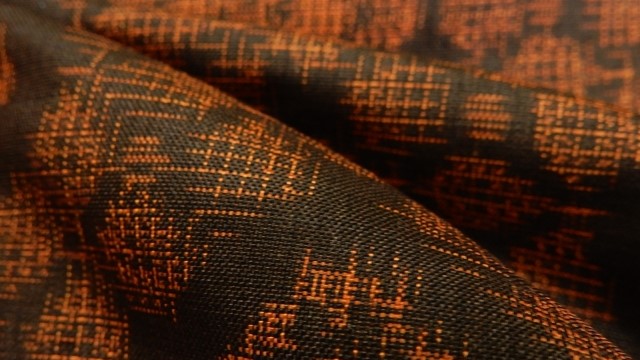
This is a silk fabric that originated in Amami Oshima, Kagoshima Prefecture. It is known as one of the three significant tsumugis, pongees in Japan, along with Yuki tsumugi and Shiozawa tsumugi, because of its fine patterns and mud dyeing.
Oshima tsumugi is also one of the world’s three major textile fabrics, along with French Gobelins and Persian carpets, and it is a well-known tsumugi kimono.
Nishijin ori (西陣織)
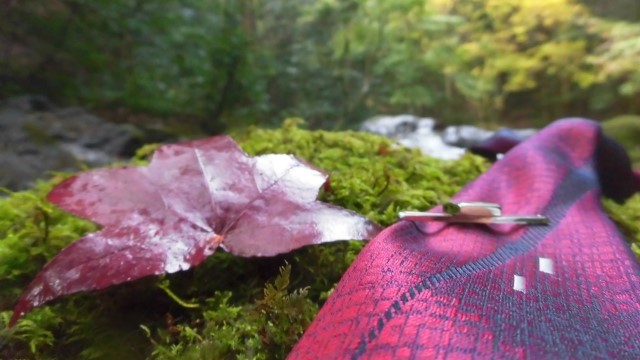
This is the general term for the luxurious silk textile fabric in Nishijin, Kyoto. A wide variety of silk textile fabrics are produced.
The name Nishijin-ori was given in the Muromachi period. The manufacturing process differs slightly from one weaver to another, but there are currently 12 different types of Nishijin weaving by law. The designs range from simple to elegant.


